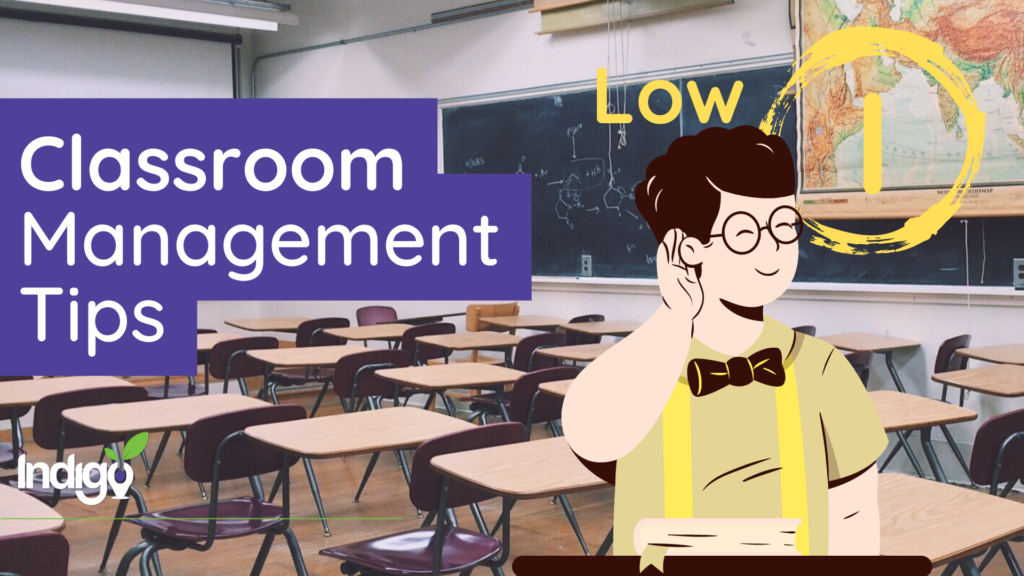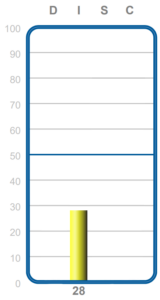Personalized classroom management strategies help meet individual student needs, fostering a positive learning environment, increasing motivation, and leading to better student performance. Understanding a student’s core DISC style provides a great framework helping each student thrive! In this blog, we’ll explore techniques for managing low influencing students, creating a structured and results-focused environment for optimal performance.
Someone who scores below 50 in the DISC Influencing behavioral style (yellow bar bar on the DISC graph) is considered “low” in that style. The lower the score, the more the classroom strategies typically apply.
Low Influencing students tend to be introverts, meaning they need alone time to recharge. They may have characteristics such as being quiet in class, not participating in group discussions or activities, and being less likely to take a leadership role. They may also be less confident in expressing their ideas.
Here are some classroom management strategies to keep in mind for you students who have a low influencing behavioral style:
Encourage participation through written work or individual projects.
Low influencing students may be more comfortable expressing themselves through written work or individual projects, so provide opportunities for them to do so.
Be aware of their need for alone time.
Give clear and direct instructions.
Avoid confrontation and criticism.
Provide positive reinforcement for their achievements.
Avoid interrupting them when they are working.
These strategies aim to provide a calm and safe learning environment that takes into account the individual needs of low influencing students and encourages them to take responsibility for their learning and behavior. It also provide opportunities for positive reinforcement and recognition to build their motivation and self-esteem.
*Note: It’s important to note that the DISC assessment is just one tool used to understand and describe behavior, and it should not be used to label or judge individuals. Each person is unique and may exhibit a combination of different behavioral traits. Additionally, behavior can change depending on the situation and context. Therefore, it is essential to use the information from the DISC assessment as a starting point for understanding and communication, not as a means of making judgments or assumptions about a person’s character or abilities.


